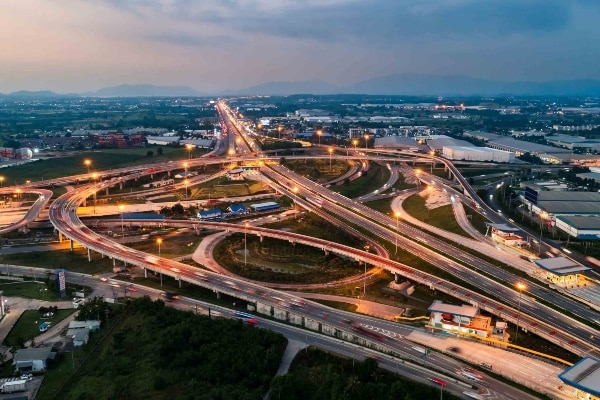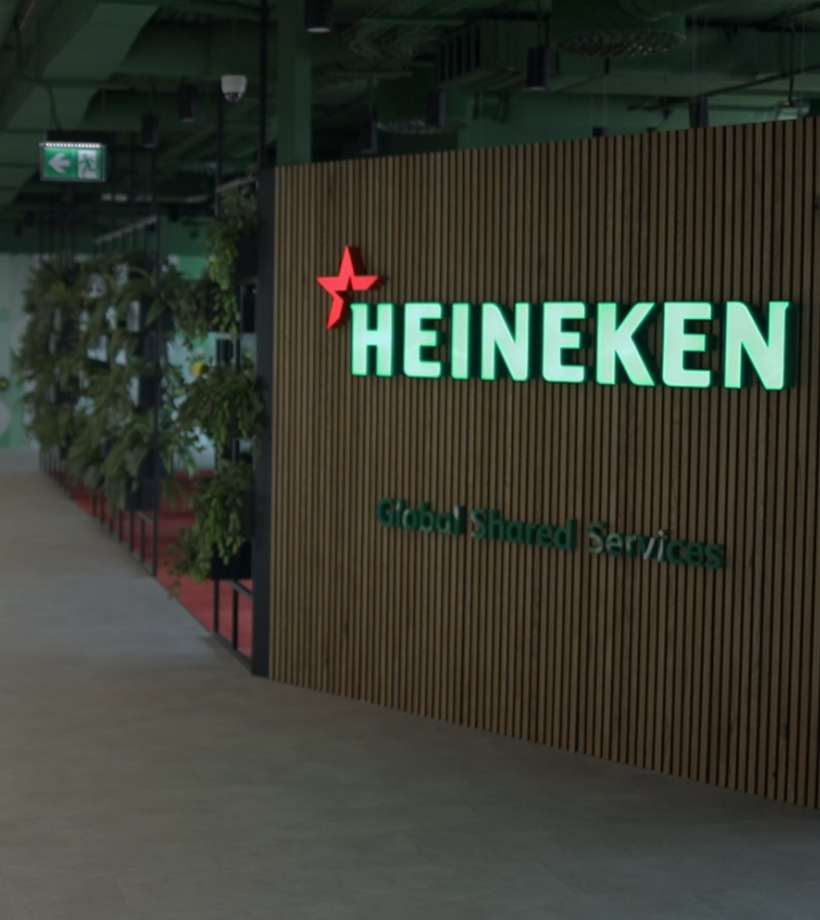-
Featured services
2026 Global AI Report: A Playbook for AI Leaders
Why AI strategy is your business strategy: The acceleration toward an AI-native state. Explore executive insights from AI leaders.
Access the playbook -
Services
Alle Services und Produkte anzeigenNutzen Sie unsere Fähigkeiten, um die Transformation Ihres Unternehmens zu beschleunigen.
-
Services
Network-Services
Beliebte Produkte
-
Services
Cloud
Beliebte Produkte
-
Services
Consulting
-
Edge as a Service
-
Services
Data und Artificial Intelligence
- KI und intelligente Lösungen
- Daten-/KI-Strategie und -Programm
- Data Engineering und Plattformen
- Daten-Governance und -management
- Datenvisualisierung und Entscheidungsfindung
- $name
- GenAI Platforms
- GenAI Industry Services
- GenAI Infrastructure Services
- GenAI Value Transformation
- Data und Artificial Intelligence
-
-
Services
Global Data Centers
-
Beliebte Produkte
-
Services
Application Services
-
Services
Sustainability Services
-
Services
Digital Workplace
-
Services
Business Process Services
-
Services
Generative AI
-
Services
Cybersecurity
-
Services
Enterprise Application Platforms
![]()
IDC MarketScape: Anbieterbewertung für Rechenzentrumsservices weltweit 2023
Wir glauben, dass Marktführer zu sein eine weitere Bestätigung unseres umfassenden Angebotes im Bereich Rechenzentren ist.
Holen Sie sich den IDC MarketScape -
-
Erkenntnisse
Einblicke und RessourcenErfahren Sie, wie die Technologie Unternehmen, die Industrie und die Gesellschaft prägt.
-
Erkenntnisse
Ausgewählte Einblicke
-
Die Zukunft des Networking
-
Using the cloud to cut costs needs the right approach
When organizations focus on transformation, a move to the cloud can deliver cost savings – but they often need expert advice to help them along their journey
-
So funktioniert Zero-Trust-Sicherheit für Ihr Unternehmen
Sorgen Sie dafür, dass Zero-Trust-Sicherheit für Ihr Unternehmen in hybriden Arbeitsumgebungen funktioniert.
-
-
Erkenntnisse
![]()
Copilot für Microsoft 365
Jeder kann mit einem leistungsstarken KI-Tool für die tägliche Arbeit intelligenter arbeiten.
Copilot noch heute entdecken -
-
Lösungen
Alle LösungenWir helfen Ihnen dabei, den Anforderungen an kontinuierliche Innovation und Transformation gerecht zu werden
Global Employee Experience Trends Report
Excel in EX mit Forschung basierend auf Interviews mit über 1.400 Entscheidungsträger:innen auf der ganzen Welt.
Besorgen Sie sich den EX-Report -
Erfahren Sie, wie wir Ihre Geschäftstransformation beschleunigen können
-
Über uns
Neueste Kundenberichte
-
Liantis
Im Laufe der Zeit hatte Liantis, ein etabliertes HR-Unternehmen in Belgien, Dateninseln und isolierte Lösungen als Teil seines Legacysystems aufgebaut.
-
Randstad
We ensured that Randstad’s migration to Genesys Cloud CX had no impact on availability, ensuring an exceptional user experience for clients and talent.
-
-
![Heineken Landing Page]()
NTT DATA und HEINEKEN
HEINEKEN revolutioniert die Mitarbeitererfahrung und die Zusammenarbeit mit einem hybriden Arbeitsplatzmodell.
Lesen Sie die Geschichte von HEINEKEN -
- Karriere
Topics in this article
AI, machine learning, spatial computing and hyperautomation are some of the transformative technologies that are disrupting organizations in a good way.
They can help you make better-informed decisions and proactively improve what you do – and how you do it. And by automating repetitive tasks and streamlining workflows, they can free up your employees to focus on strategic initiatives and high-value tasks.
These technologies do not operate in a vacuum, though. They need an underlying network infrastructure that can process high volumes of data, fast.
How technology gives you the edge: a snapshot of use cases
- AI-enabled analysis of large volumes of data can provide valuable insights into customer behavior, market trends and operational inefficiencies, because the technology can identify patterns that would be difficult or impossible for humans to detect.
- Machine learning can build on AI-driven insights to optimize your supply chain and improve the customer service you offer. For example, in manufacturing and logistics, safety and security can be improved by integrating AI or machine learning with operational technology (OT) to automatically control critical systems or equipment.
- Spatial computing offers a range of benefits as it gives organizations a deeper understanding of their physical environment. Retailers can analyze customer traffic patterns in stores, for example, to optimize product placement and improve the overall customer experience (CX). It can also help with asset tracking, supply-chain optimization and other logistical challenges.
- Hyperautomation can streamline processes, reduce the need for manual labour and raise efficiency. You can save time and effort by automating tasks such as data entry, document processing and customer service – to a degree, as human involvement in CX is still important. This can lead to improved productivity and cost savings.
First, invest in your infrastructure
From the edge to the cloud, there are different infrastructure components that can help these technologies perform effectively. These include low-latency, software-defined and cloud-ready networks, powerful edge- or cloud-computing resources, and robust data storage solutions.
You also need to consider factors such as security, scalability and interoperability.
But where to start? First, evaluate your current infrastructure and identify any gaps that can be addressed by upgrading your hardware and software, implementing new security measures or establishing partnerships with vendors and service providers.
Such a holistic approach will help you draw up a clear roadmap and strategy for implementing or improving your infrastructure, and for ongoing maintenance and support.
Research the tools available
Implementing technologies like AI and machine learning can be expensive and time-consuming. This can be a major deterrent, especially for smaller organizations with limited budgets.
However, these technologies are swiftly becoming more prevalent, which means implementing them will become more streamlined and cost-effective over time.
Do some research or work with an experienced service provider in this area to select tools that suit both your business goals and your budget.
Your decisions along the way may include:
- Edge or cloud computing? Your choice will depend on the needs of your applications, the resources you have available, and the knock-on effect on your campus network architecture, which needs to be robust enough to handle both local and remote data processing and storage.
Edge computing refers to processing and analyzing data closer to its source, such as on a device or a local server. It’s useful for applications that rely on real-time processing or have limited cloud connectivity.
Cloud computing, on the other hand, involves processing and storing data on remote servers. This is useful for applications that require plenty of storage or processing power, or for those with widespread internet access. - Private 5G or Wi-Fi? When it comes to enabling OT, choosing the most appropriate campus network technology depends on the needs of your organization. For example, private 5G offers high reliability, low latency and high bandwidth, making it ideal for applications that process data in real time and at high speeds, such as those in industrial automation and control.
Wi-Fi is an established technology that is widely available and cost-effective, making it a good choice in scenarios that require high mobility and flexibility, like logistics and warehousing.
Take skills and sustainability into account
In your efforts to integrate these new technologies with your operations, you may face a shortage of skilled workers who can use and maintain these technologies. Working with a managed service provider is one way of overcoming this hurdle while also ensuring that the technology is deployed and maintained properly.
Using AI and automation tools in your organization may create opportunities to upskill your staff in data science and AI-supported operational processes – so, you can turn a potential threat to jobs into an investment in training.
Then, your sustainability goals are another consideration. Some of these solutions, such as AI tools that draw on large language models, may harm the environment as they consume significant amounts of energy. You should balance such drawbacks against what you gain in terms of efficiency and other advantages, such as making your operations more sustainable because of the AI-enabled insights you receive. Managed service providers will also know how to implement these tools in the most sustainable way.
Looking even further ahead: the metaverse
What comes after AI? The concept of the metaverse – a fully immersive virtual world that allows users to interact with each other and digital objects in real time – has been championed by the likes of Facebook founder Mark Zuckerberg.
Although uptake has been slow, the metaverse’s combination of virtual reality, augmented reality and technologies such as AI makes it a potential successor to the current internet.
In a business context, this is likely to create new opportunities for virtual collaboration. Nearly 6 in 10 employees worldwide now work remotely all or some of the time, and the continued evolution of collaboration and communication tools will help organizations raise productivity and reduce the costs associated with travel and office space, for example.
Additionally, the metaverse could offer innovative and immersive ways of engaging customers. As with the current wave of AI and automation, the potential is clear but the full impact will only become clear over time.
Read more about NTT DATA’s network services, including Private 5G and Managed Enterprise Networks, to see how your organization stands to benefit.




